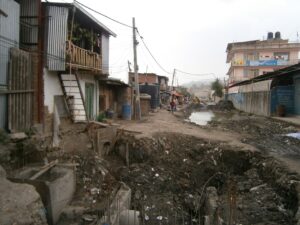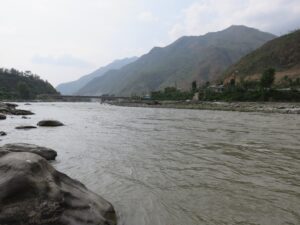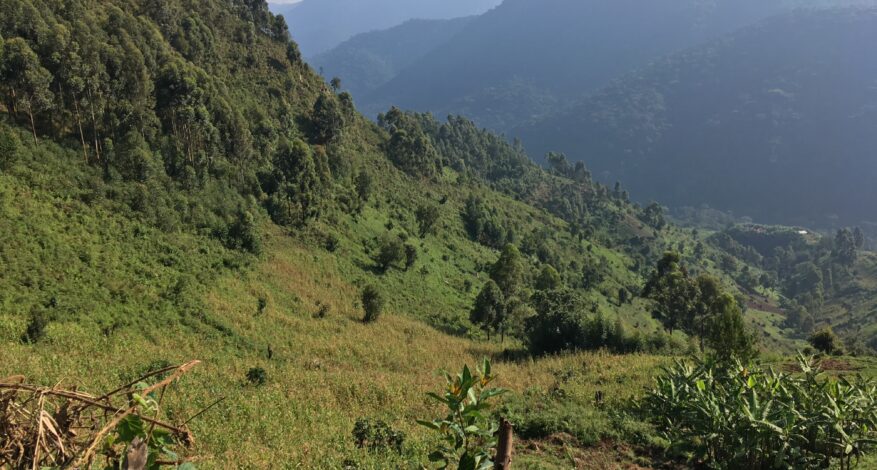ABOUT NEPAL
Nepal is one of the most vulnerable countries in the world because of the high possibility of natural disasters such as earthquakes, landslides, floods, fires, epidemics. Situated in meridional Asia, it does not have access to the sea, and it contains the Himalayas and Mount Everest, the highest mountain in the world. The climate is Sub-Tropical, and it has Tundra vegetation in the Himalayas, Alpine vegetation, Evergreen coniferous forests, deciduous forests, and subtropical evergreen forests. In 2008 the monarchy has been abolished and Nepal is currently a parliamentary federal republic. A major part of the population depends on subsistence agriculture. It is one of the poorest countries in the world. Nepal also has problems with poor infrastructure, a difficult regulatory environment, and financial instability.
The 2015 earthquake

In 2015, Nepal has been hit by a magnitude 7.8 earthquake on the 25th of April, and by another magnitude 7.3 on the 12th of May. The enormous damages of the earthquake pushed an additional 700.000-982.000 people below the poverty line. The 50/70% of these ones live in rural areas or in mountains, in areas difficult to reach. The Post Disaster Needs Assessment (PDNA) Report identifies 31 of 75 districts as affected, and 14 are seriously affected. Most part of the sectors is seriously affected, like the social sector, productive sector, infrastructure sector, ….
In the earthquake of 2015, more than 8.800 people lost lives, and 22.000 people were injured. But that is not the total number of the victims: more than 100.000 people are displaced; the damaged schools are more than 7.000 and the houses destroyed are about 604.930. Also, women and the most vulnerable ones have been more in danger during the emergency, because women typically stay home with the children, the elderly, and the sick ones.
After the catastrophe
After the 2015 earthquake, the Nepal government established a National Reconstruction Authority Board to support families in the damaged areas and it announced to support $3.000 for each affected family. However, many families in affected areas are still waiting to get support from the government to rebuild their houses and resettle their life. Thousands of families could not get self-relief because of the ineffective working of the government.
A lot of historic buildings were damaged during the earthquake of 2015, and the government is not serious to renovate and reconstructing them into their precious form by using appropriate methodology. However, after high pressure from the public and concern organizations, the government has now taken initiations for the renovations and reconstruction of some important historical buildings in their previous form and technology. 
Rajan Khadkha, the founder of VAFON, an organization born in 2017, was a district coordinator in the mountain region with another organization at the moment of the earthquake. They had basically three volunteer projects to support people in the affected communities: the construction of a temporary shelter, a Temporary Learning Centre (TLC) in the damaged schools, and the Water, Health and Hygienic program. After the Birth of VAFON, Rajan and his team worked with the communities that were most affected by landslide and floods in the south of Nepal, providing them clothes, blankets, sleepers, and kitchen materials. After the catastrophe of the earthquake, Nepal’s National Planning Commission estimated that the country needed more than US$7 billion for recovery, but the billions of dollars committed were not translated into a clear plan to direct the money for rebuilding. Donors have therefore preferred to rely on international NGOs instead of state options and hundreds of different NGOs started to operate immediately after the earthquake. So, after 5 years after the 2015 earthquake, some affected people have been facing various problems related to psychological, social, economic aspects, especially in the affected areas.

